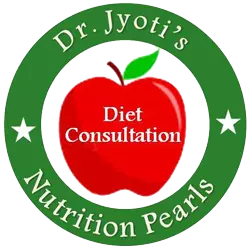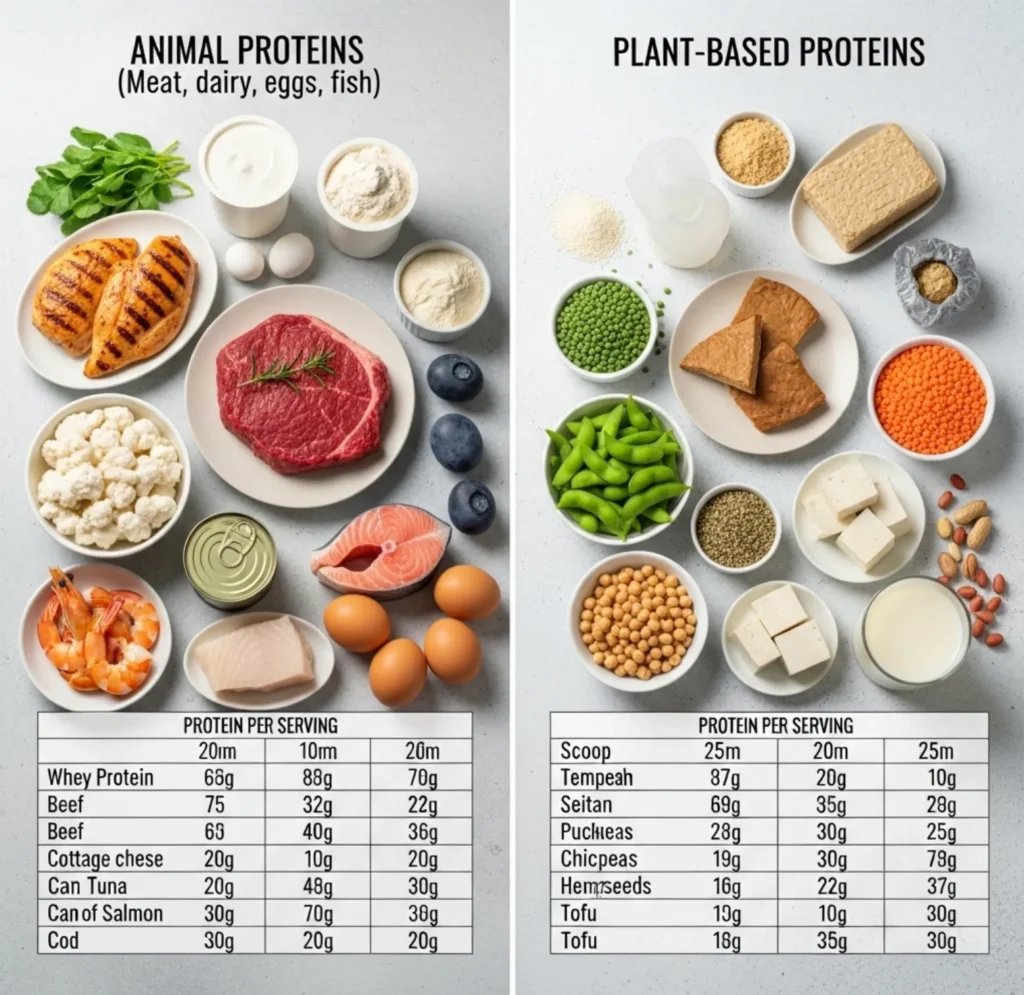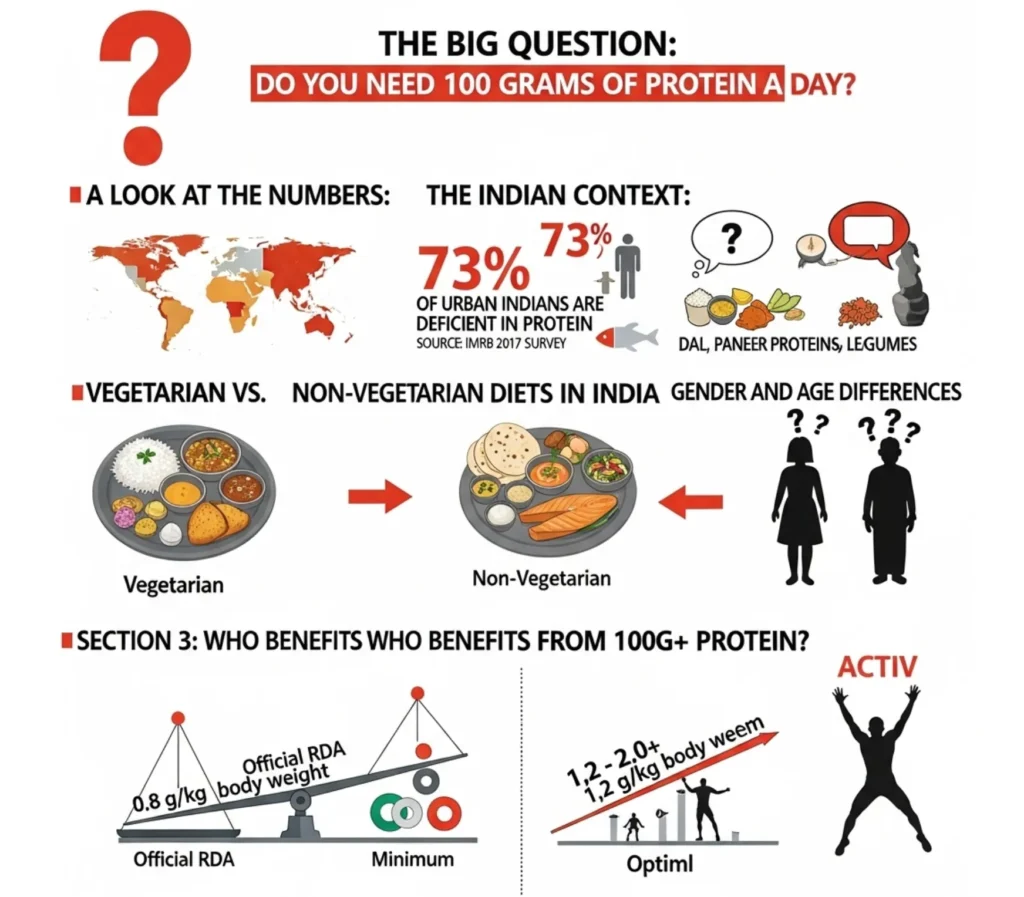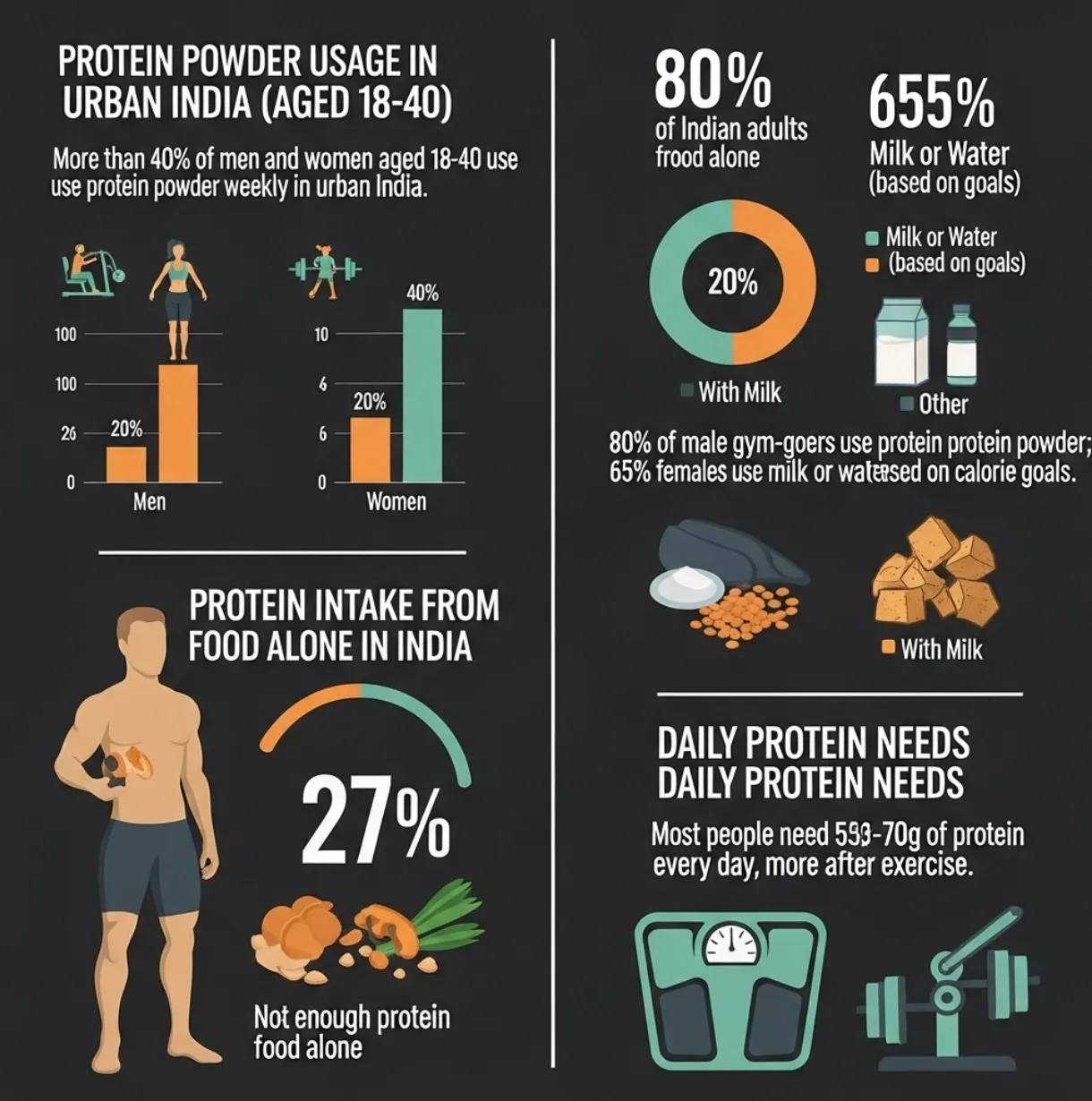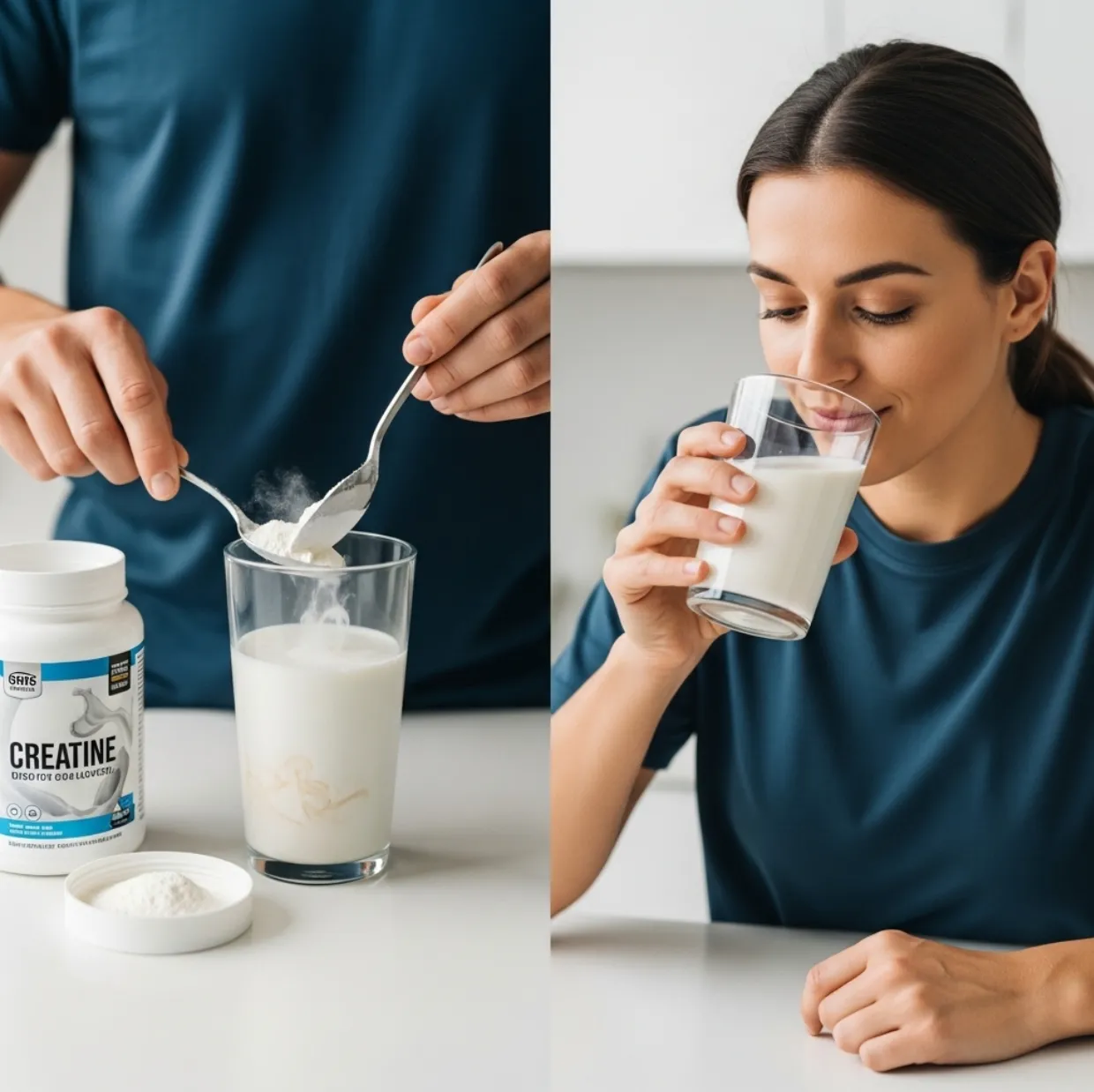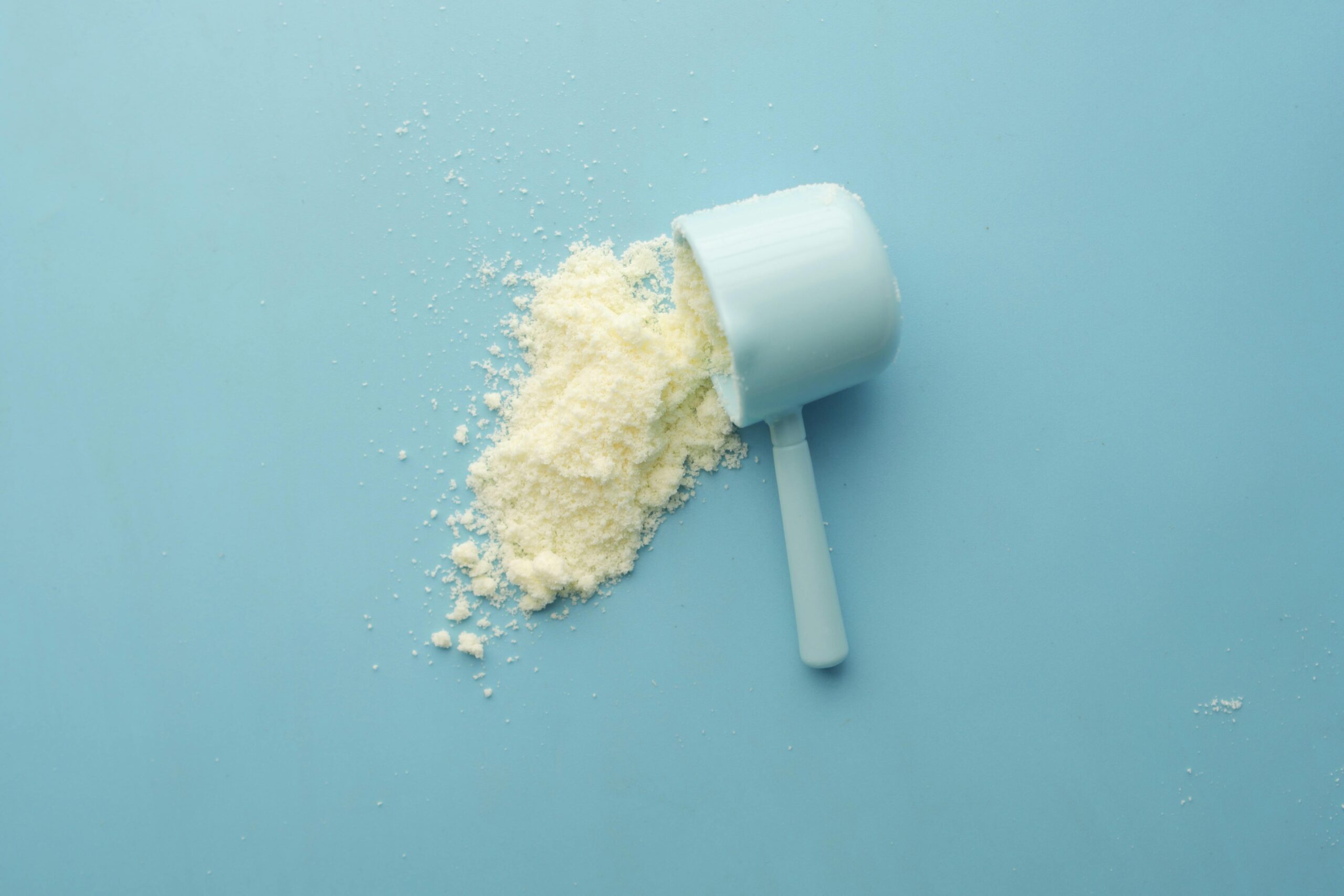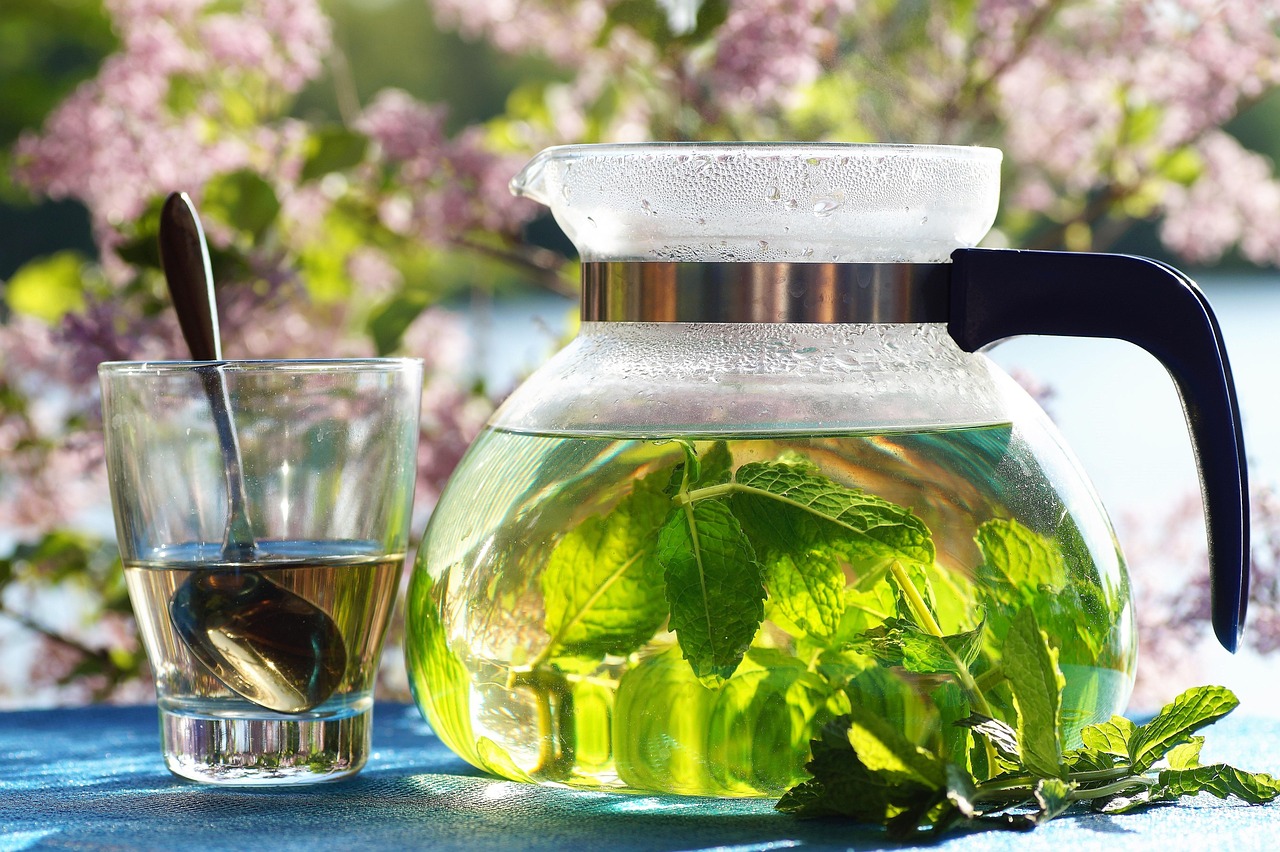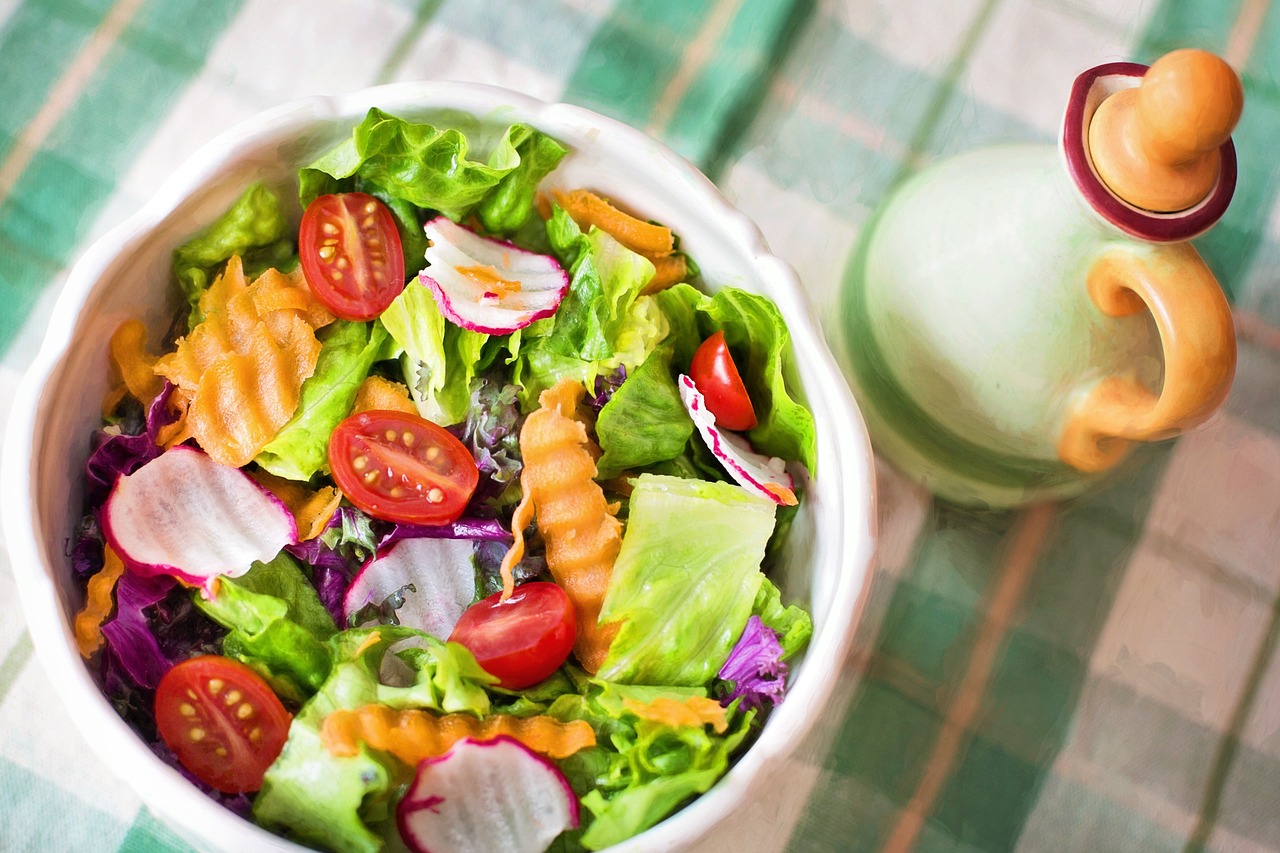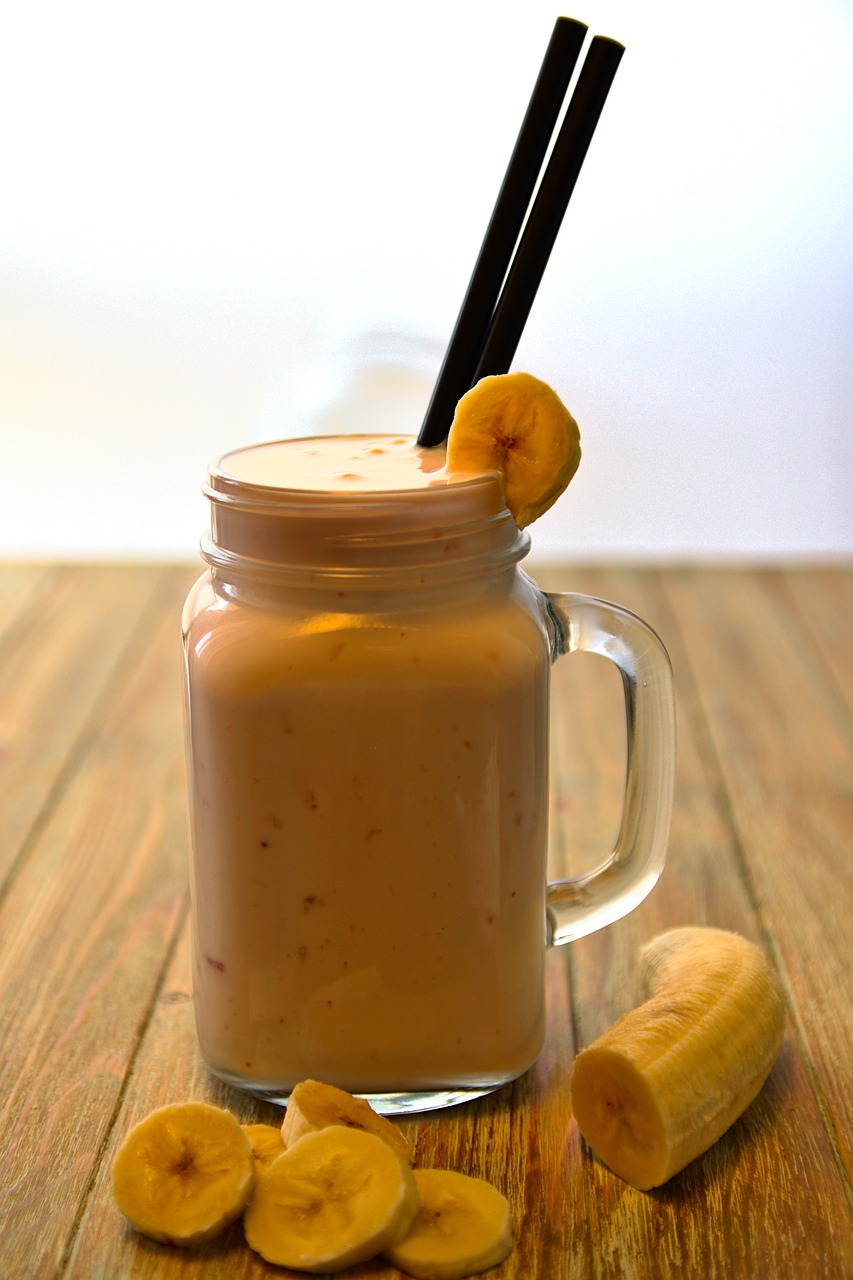Almost every day, my clients and people online ask me about protein.
“How much should I eat?” “How do I reach 100 grams a day?” Protein is a hot topic — and for good reason!
Social media is packed with posts about “high-protein diets” and “100 grams a day challenges.”
But not everything online makes sense, so let’s break it down, step by step, in simple words.
Why Protein Matters?
Protein is a key part of your diet. It helps:
- Build and repair muscles
- Support your immune system
- Form hormones and enzymes that run your body
- Keep you full and control hunger
Active individuals, those looking to lose fat, or anyone interested in building muscle, will especially benefit from consuming more protein.
How Much Protein Do You Need?
You may have heard “100 grams a day” everywhere — but do you need exactly that? The answer is: it depends!
- The RDA (Recommended Dietary Allowance) for protein is 0.8 g/kg of body weight. That’s just a minimum to avoid health problems and muscle loss.
- Most adults can benefit from more than the minimum—for muscle, fitness, weight loss, or just better health.
- If you EXERCISE often, try for 1.2–2 grams per kilogram (about 0.54–0.9 grams per pound).
- If you’re trying to build muscle, aim for up to 2 grams per kg per day.
So, a person weighing 160 pounds (about 73 kg) and exercising regularly should get 87–145 grams per day for best results.
For many adults, 100 grams is a GREAT daily target.
How To Get 100 Grams of Protein Each Day?
When clients ask me, “How do I actually eat 100 grams of protein?” I always say: it’s easier than you think — with planning.
- Divide protein across all meals and snacks.
- Try to get 25–30 grams at each meal (breakfast, lunch, dinner), plus 10–25 grams in snacks.
Tip: Use a food-tracking app on your phone. It helps you check protein in every meal.
High-Protein Foods: Build Your Menu
Always add a protein-rich food to EVERY MEAL and SNACK.
Animal Proteins (Meat, Dairy, Eggs, Fish)
These foods have ALL essential amino acids. They are a solid way to boost your protein:
| Food | Protein (per serving) |
| Chicken breast (3 oz) | 26g |
| Turkey breast (3 oz) | 25.3g |
| Greek yogurt (1 cup) | 25g |
| Whey protein (28g/1 scoop) | 25g |
| Beef (3 oz) | 23.5g |
| Cottage cheese (1 cup) | 23.5g |
| Shrimp (3 oz) | 20.4g |
| Canned tuna (3 oz) | 20.1g |
| Canned salmon (3 oz) | 19.6g |
| Cod (3 oz) | 19.4g |
| Eggs (1 large) | 6.3g |
Plant-Based Proteins
Plant protein is powerful, too! By mixing foods, even vegans can easily reach 100 grams a day.
| Food | Protein (per serving) |
| Pea protein (1 oz) | 24g |
| Tempeh (100g) | 19.9g |
| Edamame (1 cup) | 18.5g |
| Lentils (1 cup) | 17.9g |
| Seitan (3 oz) | 15g |
| Chickpeas (1 cup) | 14.5g |
| Hemp seeds (1 oz) | 9.5g |
| Soy milk (1 cup) | 8.7g |
| Tofu (3 oz) | 8.7g |
| Peanuts (1 oz) | 7.4g |
Sample Meal Plans: Reach 100 Grams Easily
Here are three simple daily meal plans. Use one — or mix and match!
Omnivore Sample
- Breakfast: Two-egg omelette with 1 oz cheese, 1 cup spinach + 1 cup blackberries
(32.99g) - Lunch: 1 cup quinoa, 3 oz grilled chicken, 1 cup mixed vegetables
(39.2g) - Snack: Whey protein shake (1 scoop), strawberries, coconut water
(26g) - Dinner: 3 oz cod, 1 cup brown rice, 1 cup broccoli
(28.66g) - Total daily protein: 126.85 grams
Vegetarian Sample
- Breakfast: 1 cup Greek yogurt, 1 cup blueberries, ¼ cup almonds
(32.1g) - Lunch: Lentil soup (1 cup lentils + veggies)
(23.2g) - Snack: Sourdough bread + 2 tbsp peanut butter + 1 sliced banana + 2 tbsp hemp seeds
(19.41g) - Dinner: Chickpea and spinach curry (1.5 cups chickpeas, 1 cup spinach)
(27.75g) - Total daily protein: 102.46 grams
Vegan Sample
- Breakfast: Tofu scramble (3 oz tofu), 1 cup black beans, mixed veggies, 1 cup peaches
(31.27g) - Lunch: Smashed edamame toast (sourdough + 1 cup edamame)
(25.5g) - Snack: Protein smoothie (1 cup soy milk, 1 oz pea protein, 1 cup raspberries)
(34.15g) - Dinner: 1.5 cups red lentil pasta + 1 cup mixed veggies
(31g) - Total daily protein: 121.92 grams
You can see — by intentionally including high-protein ingredients at every meal and snack, you can hit 100 grams for ANY diet.
My Top Tips for Success on Your Protein Journey
- Start Your Day with Protein: A protein-rich breakfast sets the tone for the entire day. It helps control your appetite and reduces cravings for sugary snacks later on.
- Meal Prep is Your Best Friend: Spend an hour or two on the weekend preparing your proteins. Grill some chicken, boil some eggs, and cook a big batch of lentils. This makes it so much easier to throw together a high-protein meal when you’re busy.
- Snack Smart: Ditch the chips and crackers for high-protein snacks. A handful of nuts, a piece of string cheese, a small container of Greek yogurt, or roasted chickpeas can make a huge difference.
- Make Smart Swaps: Look for simple upgrades. Use Greek yogurt instead of sour cream. Choose quinoa or chickpea pasta instead of regular rice or pasta. Add a scoop of collagen or protein powder to your morning coffee.
- Read Nutrition Labels: Develop a habit of checking the protein content on food labels. You might be surprised to find hidden gems, like high-protein breads or cereals.
- Don’t Discount Plants: Even if you eat meat, incorporating plant-based proteins like beans and lentils is great for your health. They are packed with fiber, which is essential for a healthy gut.
The Big Question: Do You Need 100 Grams of Protein a Day?
Now for the million-dollar question. The number “100” is catchy and easy to remember, but it’s not a one-size-fits-all magic number.
Your ideal protein intake depends on several personal factors like your age, weight, sex, activity level, and health goals.
Before we dive into personalizing this goal, let’s look at the bigger picture.
You might be surprised to learn how common it is to fall short on protein, especially in certain populations.
A Look At the Numbers: The “Protein Gap” Is Real
While severe protein deficiency is rare in developed nations, a significant portion of the population consumes suboptimal amounts of protein, meaning they aren’t eating enough to truly thrive, build muscle, or manage their weight effectively.
- The Global Picture: Some studies suggest that as many as 1 billion people worldwide suffer from inadequate protein intake. This is especially prevalent in Central Africa and South Asia, where diets are heavily reliant on staple crops.
- The Indian Context: This is particularly relevant for many of my clients here in India. According to a 2017 survey by the Indian Market Research Bureau (IMRB), a staggering 73% of urban Indians are deficient in protein. The survey also found that 93% of these individuals are unaware of their daily protein requirements, highlighting a massive awareness gap.
- Vegetarian vs. Non-Vegetarian Diets in India: The same IMRB survey revealed that protein deficiency was more prevalent among those on vegetarian diets. While a well-planned vegetarian or vegan diet can absolutely meet protein needs, it requires more conscious effort. Many traditional Indian vegetarian meals are rich in carbohydrates but can be low in high-quality protein if not carefully balanced with sources like dal, paneer, and legumes.
- Gender and Age Differences: Globally, and also reflected in Indian dietary patterns, women and the elderly are at a higher risk of inadequate protein intake. A study published in the journal Nutrients found that a significant percentage of older adults fail to meet even the minimum RDA for protein, putting them at a higher risk for muscle loss (sarcopenia) and frailty.
So, when we see the “100 grams of protein” trend on social media, it’s not just a fitness fad.
For many, it’s a direct response to a widespread nutritional gap. It’s about moving from the bare minimum to an optimal intake for better health.
Now, let’s figure out what’s optimal for you.
Let’s look at the science. The official Recommended Dietary Allowance (RDA) is 0.8 grams of protein per kilogram of body weight (or 0.36 grams per pound).
But here’s the crucial part: The RDA is the minimum amount you need to prevent a deficiency and stop muscle loss in a sedentary person. As we’ve just seen, many people struggle even to hit this.
For most people, the optimal amount for thriving, feeling their best, or achieving specific fitness goals is much higher.
So, who would benefit from a target like 100 grams or more?
- If You Are Active and Exercise Regularly: If you’re hitting the gym, going for runs, or playing sports, your protein needs are significantly higher. The recommendation for active individuals is 1.2 to 2.0 grams of protein per kilogram of body weight (0.54-0.9 grams per pound). Example: A 160-pound (72.5 kg) person who exercises regularly would need between 87 and 145 grams of protein per day. For this person, 100 grams is a perfect and very appropriate target.
- If Your Goal is to Build Muscle: You need to be in a protein surplus to build new muscle tissue (a process called hypertrophy). This often requires more than 2.0 grams per kilogram of body weight. For someone focused on muscle gain, 100 grams might be their starting point, with needs potentially going much higher.
- If You Are Trying to Lose Weight: A high-protein diet is a powerful tool for weight loss. Why? Because it keeps you feeling full (helping you eat fewer calories overall) and it helps your body preserve precious muscle mass while you lose fat. Losing muscle is a common side effect of dieting, and it can slow down your metabolism. Protein protects against this.
- As You Get Older: After the age of 30, we naturally start to lose muscle mass (a condition called sarcopenia). A higher protein intake, combined with resistance training, is one of the best ways to combat this and maintain strength and mobility as you age.
Frequently Asked Questions (FAQs)
Is eating 100 grams of protein every day safe?
Yes, for healthy adults, 100 grams of protein is safe and beneficial — especially if you’re active or trying to build muscle. People with kidney issues should check with their doctor.
Will eating a high-protein diet make me bulky?
No! Protein helps build and repair muscle, not fat. You only get bulky by combining LOTS of protein with heavy strength training and calorie surplus.
Can I get enough protein if I’m vegetarian or vegan?
Absolutely! Mix plant-based foods like beans, lentils, tofu, seitan, and nuts. Many athletes and clients do this — just plan meals carefully.
What’s the easiest way to track my protein intake?
Use a simple food tracking app (like MyFitnessPal) or write your meals and snacks down. Remember the rough values for common foods.
What are the best protein-rich snacks?
Greek yogurt, string cheese, hard-boiled eggs, protein shakes, roasted chickpeas, nut butter on wheat bread, cottage cheese, and tofu cubes.
A Quick Review
Eating 100 grams of protein per day helps you get stronger, stay full, boost recovery, and manage your weight.
By including protein-rich foods at every meal and snack (animal and/or plant), you can meet your daily goal — no need for supplements unless it’s convenient.
If you want a specific plan, just ask your nutritionist! I’m here to help you tailor your meals to your fitness goals and your lifestyle.
Remember: planning ahead, choosing protein at every opportunity, and enjoying your food will make reaching your goal much easier.
